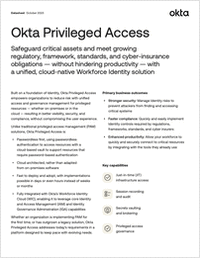Request Your Free White Paper Now:
"Rethinking Test Lab Automation for the Modern Age"
Three Use Cases for a Virtual Patch Panel
In almost all aspects of IT, the pace of change and innovation has been astounding. However, one area stuck in the past is the test lab, where the lab infrastructure that connects expensive test equipment from the likes of Ixia and Spirent to the units being tested has not changed for decades. Organizations continue to deploy expensive test ports at every lab location, and manually re-cable the lab every time they need to run a new test. This introduces a number of issues and constraints – complexity of equipment connectivity, re-cabling, troubleshooting, scaling, underutilization of expensive test equipment and ultimately, slow test cycles that impact efficiency and competitiveness. Reconfiguring the lab infrastructure has turned into the worst nightmare of the lab administrator and test engineer. A few companies have attacked this manual approach with custom Layer 1 matrix switches. While implementing Layer 1 switches can certainly automate the test lab infrastructure, they are expensive and limited to a single lab site.
However, advances in open networking software and programmability have made possible a new way to automate, reconfigure, optimize and scale your lab infrastructure across multiple sites. With this new technology, you can quickly build new topologies via software-defined networking (SDN) control in a matter of minutes with visibility and troubleshooting built in, all at a fraction of the cost of traditional Layer 1 matrix switches.
This paper discusses use cases for open networking that enables Layer 1 to be tunneled through a standard white box Ethernet switch so that any two ports across a single lab site or multiple lab sites can be stitched between any two ports. This speeds lab reconfiguration for faster time to test, lowers the operational costs of manual cabling and lowers capital costs by sharing test ports.
Offered Free by: Pluribus Networks
See All Resources from: Pluribus Networks








